This week we complete our two part series to walk through 24 photos from the first of my two Japan Snow Monkeys & Hokkaido winter wonderland wildlife tours for 2015. As you’ll hear today, the weather gave us some unique challenges on this tour, but as usual we handled the situation, had an amazing time, and came away with some beautiful photos.
We finished last week in the middle of day six, when we were back with the Red-Crowned Cranes, as there was falling snow, which always makes the crane shots much more beautiful, and the cranes themselves are generally more excited when it snows, giving rise to spontaneous group dancing, as you can see in this photo (below). It’s often quite difficult to isolate just one or two cranes that dance or call, but when they are almost all dancing in a group like this, it’s hard to resist grabbing a shot or two.
Not only does the snow clean up the ground, but having snow in the air really reduces the shot down to much more minimal elements, as it makes the background much cleaner too. I also like how there’s that one crane on the right that is looking distinctly out of sorts, like someone at a party that is a bit afraid to dance with the rest of the group.
In this next photo (below), a flock of Whooper Swans was flying in, or back to the area. I’m not sure which it is, because the swans are often here just hanging out in the safety of the reserve, but because there’s a risk of them carrying avian flu, the wardens sometimes come out on a snow mobile and scare them away. It’s really funny because the cranes know that the wardens only want to scare the swans, so they all just continue to walk around and do their thing as the swans all take flight before they get run over by the snow mobile.
Either way, with the snow and trees at the back of the reserve, then the swans in the air, again I couldn’t resist making a few photos. In this shot I particularly like that easter-egg style swan in the top left corner. I always like it when I find a little half-hidden element like that in a photo, so this is a nice touch for me, even though it was probably quite by accident in this case. I also think the cranes sort of scattered around the scene add something to raise this photo up a little.
Looking at the EXIF data, I see that this next photo (below) was shot about 90 minutes later, and once again, the Whooper Swans were in the air. I’d actually caught the aperture dial on my camera, probably as I lifted it off my bag, as I rushed back from lunch to shoot this. So, instead of f/11 as I’d meant to shoot this, I actually shot it at f/7.1, so just over a stop over-exposed.
Luckily though, because Lightroom gives us an extra stop of wiggle room, I was happy to see that it didn’t think this was over-exposed, so I reduced the Exposure slider by 0.90 and ended up with this lovely luminescent look in the sky, and the swans just floating up there, so I decided to just roll with it.
Using Multi Function Lock
Still, it’s better to not make the mistake in the first place, so I decided to use Multi Function Lock on all of my Canon cameras from now on, to prevent this from happening again. I often set this up, but rarely actually used the camera’s Lock switch, until now.
All you have to do is go to the “Multi function lock” option in the custom functions menu, and turn on everything that you want to lock with your Lock switch. I have turned this on for the Main Dial and Quick Control Dial, which are the ones that I tend to turn by mistake. Then after I’ve set up my exposure, I just flick the Lock switch on, on the back of my camera, and this now prevents me from accidentally changing my exposure. Turning the Lock off is an extra step to do when you do need to change something, but I’ve caught these dials often enough that I’m OK with this.
During the third day with the cranes, there was a group of Ezo Deer stags that kept coming in and out of the enclosure. I have a number of shots, but probably this next one (below) is my favourite. I disengaged the 1.4X Extender on the 200-400mm lens, and shot this at 400mm, which is the same as 640mm with the 7D Mark II’s crop factor, so this guy was a way out, but I really wanted to include a bit of the environment in this photograph. I love the trees in the background and again, the falling snow adds so much to these photographs. I’m really pleased we were able to go back here on the third day.
Weather Turns for the Worst
Well, as happy as we were that the snow had started to fall on our sixth day of the tour, as we made our way to Kawayu, where we were due to spend the next two days shooting the Whooper Swans at Kussharo Lake, the weather started to really close in on us. We walk a fine line on these Hokkaido Tours, and after eight years of running these tours, we were finally locked down in our hotel this time.
When we woke up on the seventh day, all of the roads in and out of Kawayu had been closed due to the heavy snow, but that was just the start. Roads all over eastern Hokkaido were closed over the morning, and Rausu, the fishing village that we were due to photograph the sea eagles in had 180cm of snow over the following day or so, totally isolating them, and blocking the roads for four full days.
On the first day of the road blocks, we spent the day in a room with my projector, and did a whole day of workshops. The group was ready for a bit of a break by this point, and my presentations went down well, keeping the group productive, but rested. In fact, we plan to do a half day workshop at this point, so we only really added a half a day to this initially.
The following day, day eight of the tour, we were scheduled to drive to Rausu, but we still couldn’t leave the hotel. Needless to say, we weren’t even able to go to the Whooper Swans just 15 minutes down the road, which was frustrating, but two years ago, when snow like this fell in Hokkaido, the day that our group left actually, a number of people died, some just a few paces from their houses, because they literally could not find their way back home, which is heartbreaking, so these safety measures are necessary unfortunately.
Our Driver Saves the Day!
We spent most of the day in the hotel, in the dining area, going through our images, doing little impromptu show-and-tells here and there, and helping each other with post-processing etc. Then, shortly before 3pm, our driver came to tell us that we could probably get down the road to Iouzan, or Sulphur Mountain, as the roads that far had been cleared. Needless to say we were all in our warm clothes and on the bus ready to go in lightening speed.
We can only spend about 45 minutes near to the fumaroles anyway, as the sulphur in the air starts to make your tongue go all tingly if you spend too long there, but it felt so good to get out in the cold, even though the trudge up to the fumaroles was pretty heavy going in the deep snow.
Here is one of my shots from this brief afternoon respite (below). I used my new 100-400mm lens here to get in really close on one of the yellow steam-bellowing fumaroles, then I took this into Nik’s Color Efex Pro to bring out some of the detail and texture.
As much as we’d hoped the roads to clear by the end of day eight, when we should have been in Rausu, the roads didn’t open. In fact, by this time, the military had been called in and were digging the town out, as nothing had gotten in or out of the town for almost three days by this point, so we ended up staying a third night at Kawayu. The hotels are usually very full at this time of year, but of course, just as we couldn’t leave, the next groups couldn’t get in, so we were fine to stay an extra night.
After a lot of consideration between me and the company who I entrust with the logistics of my Japan tour, we decided to check the group out of our Kawayu hotel on the ninth morning of the tour. We were going to take our chances that the roads into Rausu would open by the end of the day, but we also booked tentatively in hotels in a town at the closest point to Rausu that we could get if the roads did not open.
As a bonus for the group, I talked a friend of mine, a local guide, into letting me take our group to two owls nests that we can’t usually visit with such a big group. He knows me well, and knows that my groups are always very well behaved, so he cut us some slack. The result is the following two photographs. We visited two Ural Owl nests, both of which had not one, but a pair of Ural Owls. This first photograph (below) shows the first pair, with their eyes half open as they keep their eye on the group but get some rest at the same time.
In another location, there was a younger, smaller owl with full grown adult, in this incredibly cute pose (below). I was using my 200-400mm lens with the 1.4X Extender engaged on the 7D Mark II so these were shot at a hair under 900mm, so you can tell how far away this second pair was, but still, I love seeing these guys in their environment like this.
After these two Ural Owl shoots, we went for lunch at a nearby hotel, and then started to drive over towards Rausu. There was an almost electric buzz on the bus from the excitement of shooting the owls, and for a while we almost forgot that we were still in the midst of a bit of a crisis getting to our next location. Well, the group were happy and able to forget to a degree, but me and Yukiko our tour conductor, and the back-office team on the other end of the phone were frantically trying to decide whether or not we should actually lock in on our tentative mid-way bookings, or continue to bank on the roads to Rausu opening.
Then, we got word that the roads between where we had our tentative hotel bookings and Rausu had just be closed and would not open again that day. By the time we called our hotels, we’d lost a few rooms, but were able to find another, and the group ended up in three different hotels in a town just outside the road blocks. We all had dinner together, and Yukiko and I split into two groups so that we were with the bulk of the participants.
Game On!
Bright and early the next morning, we called and found that the roads from where we were staying to Rausu would open at 7:30am, and the roads into Rausu would open at 7am, so we wrangled the team together, and after breakfast started to make a beeline for our special little fishing village on the Shiretoko Peninsula. Usually in Rausu, weather permitting, we go out for a dawn shoot each day for three days, and spend two hours photographing the incredible Steller’s Sea Eagles and White-Tailed Eagles.
Unfortunately the high winds had kept the seas high, and broken up the sea-ice that had been in the channel between Rausu and Kunashiri Island, so a dawn shoot would have been called off anyway. But, with two shoots abanded, we arranged with the skipper of our boat to go out from 10am, as soon as we arrived in Rausu. There was some ice trapped in the harbour still, which made for some great photographs, but the highlight for me was after I persuaded the skipper to take us outside the harbour walls, and throw some fish into the sea, one-by-one of course, and give us a chance to shoot the sea eagles as they swoop down to catch the fish, as we see in this photo (below).
You know, as much as I love it when we have great sea ice, I really love it when we can do this, as it looks much more natural to actually capture the eagles taking fish from the water, instead of from the top of a block of ice. Here I captured a Steller’s Sea Eagle throwing up a truck load of water as he snatched his fish from the sea. There was still a lot of swell, so our boat was rocking all over the place, and the eagles also had their jobs cut out grabbing the fish, but it did make for some beautifully dramatic splashes.
Finally in Rausu, we made the most of our time, and arranged for two more two hour sessions the following day, so we actually ended up going out three times, as we’d always planned. I know that this might sound a little conceited, but one of the benefits of traveling with me in Japan is that I know the language and have a great relationship with all the people that we work with, and this not only makes for tours that run like clockwork when things are going well, but it really helps us to swing things around when circumstances out of our control threaten to put the mockers on our experience. We refuse to give in, and will turn any situation around for our group. It’s just what we do!
Here’s a shot of a White-Tailed Eagle (below), gliding close to the surface of the water as he hones in on his fish. I love the action shots, with all the spray, but this image really appeals to me too. The light from the sky and distant mountains was really beautiful reflected on the water here, making these shots quite special in my opinion.
Here’s one final shot of a White-Tailed Eagle, once again kicking up some water as he takes his fish from the sea. It’s great when you actually get a good view of the fish, and this almost frontal view of the action really brings this shot to life. Note that although last year I hand-held the 200-400mm lens on the 1D X for our three eagles shoots on each tour, this year, the 100-400mm on the 7D Mark II was the obvious choice.
The focus issues that I’ve found with the Snow Monkeys running directly towards me don’t occur in these eagle shots, and although the success rate is still slightly lower than the 1D X, for a quarter of the price, the 7D Mark II really is turning out to be a great little camera, and the 100-400mm is astonishingly quick to focus and sharp as tacks. I’m not sure that I will, but I am seriously considering selling my 1D X at this point. I will keep the 200-400mm, because having that 1.4X Extender built right in, and being able to shoot at almost 900mm with the 7D Mark II is too good to pass up, but the 1D X’s days might literally be numbered.
With just one night in Rausu, although we still got our three eagle shoots in, we had to hit the road after lunch, and start to head around to the other side of the Shiretoko Peninsula, to the town of Utoro, for the last night of our tour. As you probably recall from previous years, one of the things I love to do during this drive, is stop at a grove of birch trees to do a little bit of Intentional Camera Movement, as you can see in this photograph (below).
For this kind of image, I like to set my shutter speed at around 1/20 of a second, and with the light towards the end of the day here, this required an aperture of f/14 at ISO 100 to get a nice exposure, with white-whites, and nothing over-exposed. There are lots of ways to do this sort of shot, but I like to swipe the camera downwards, and release the shutter just as I expect the bottom of the trees to enter the frame.
With practice you can do this quite consistently, but of course the speed at which you move the camera, and the slightly different path that your vertical panning action moves the camera, makes each frame subtly different. It’s lots of fun though, and because we were doing this later in the day than we usually do, we have some beautiful late afternoon light hitting the sides of the birch trees, giving us a lovely warm highlight along the right side of many of the trees.
We spend our last night in Hokkaido in a wonderful hotel in Utoro with what is probably the best buffet in the whole of Japan, and although we have great food throughout these tours, the last night is always a great special treat to finish with. I made a bit of a speech, and thanked the group for their cooperation and understanding about the challenging weather situation. The participants really were amazing on this tour, and although I know that they appreciated the work we put in to keep us as close to our original plan as possible, with a less understanding group, the situation could have been made a lot worse, so I want to thank you all again here too, as I know some of you will be listening.
On the final morning, we went down and spend some time doing seascapes. The sea-ice on the Utoro side of the peninsula was packed in right up to the shore and out as far as the eye could see, so we did some nice minimalist seascapes, before moving on to the Oshinkoshin Falls, for what would be our last shoot of the tour.
The falls were beautiful and although the left falls were totally iced over, the trees around the top of the falls were all frozen over, as you can see here (below), so once again I used the 100-400mm lens to get in close and single out just the top of the falls. I used an ND8 neutral density filter to slow the shutter speed down to a quarter of a second at f/16, ISO 100, and this is just about enough to make the water go all silky, emphasising the movement.
After an hour shooting the falls, it was time to head towards the airport and get one last lunch in together before heading back to Tokyo. As usual, I recorded a message from each participant as we headed down the coast of the peninsula, so I’ll play that for you now.
[Listen to the audio to find out what our participants had to say about the tour.]
And that brings us to the end of our travelogue of the 2015 Winter Wonderland Tour #1. As I release this, I’ll literally be heading out of the door to go and meet the Tour #2 group, and do it all again. Well, hopefully this time without the disruptions that we had on Tour #1, but I’m really looking forward to getting started again, and will be back in two weeks time with another update and some new photographs to share with you. Note too that I’m also probably going to be doing some Google Hangouts to share some of the participants photos with you too in the coming months, which should be a lot of fun and help you to see the tour from a different perspective to my own.
2016 Japan Winter Wonderland Tours
Note that we are already taking bookings for the 2016 tours. Actually, they are now almost full, so if you are thinking of joining us, check out the details on the Tours & Workshops page, and sign up sooner rather than later to avoid disappointment.
Show Notes
See Details of 2016 Tours here: https://mbp.ac/ww2016
Subscribe in iTunes for Enhanced Podcasts delivered automatically to your computer.
Download this Podcast in MP3 format (Audio Only).
Download this Podcast in Enhanced Podcast M4A format. This requires Apple iTunes or Quicktime to view/listen.

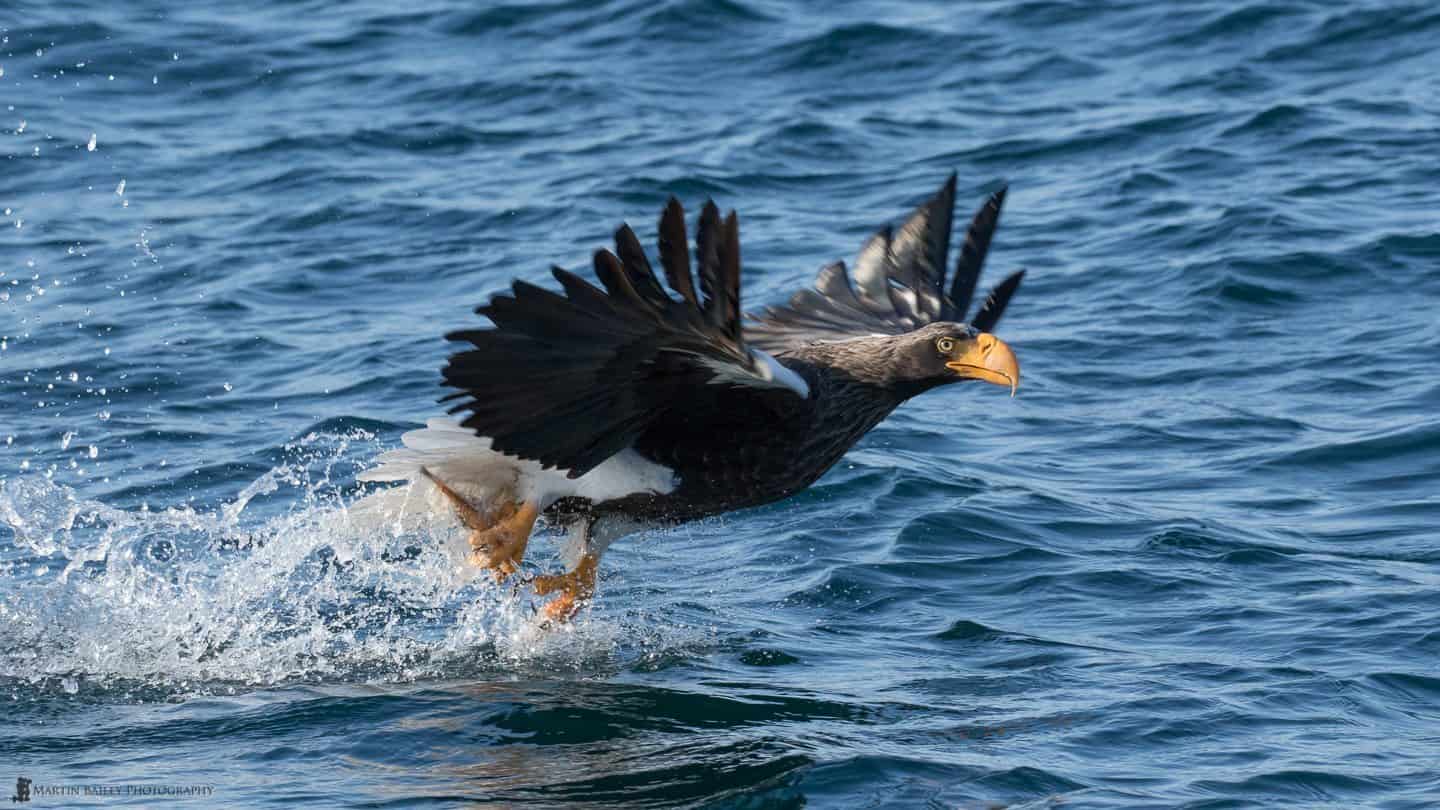
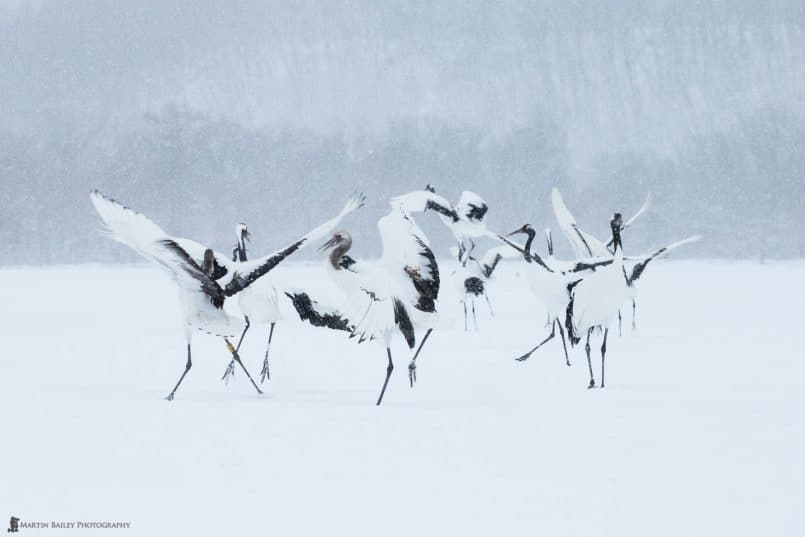
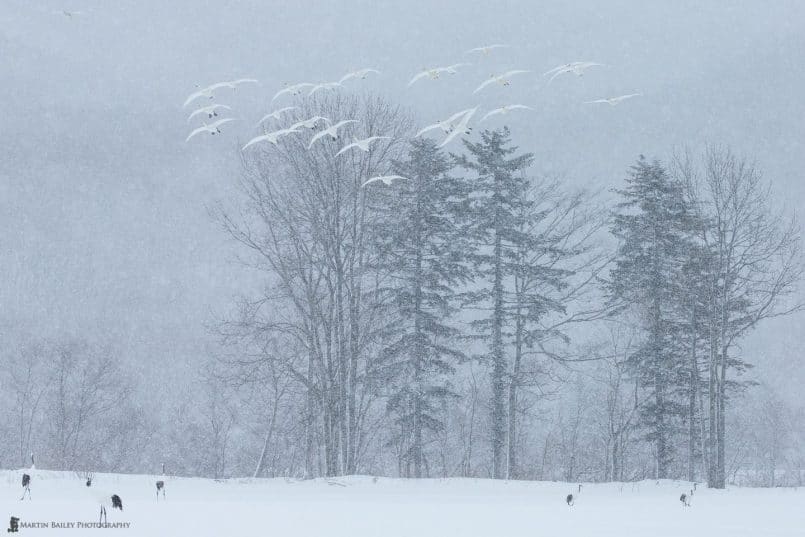
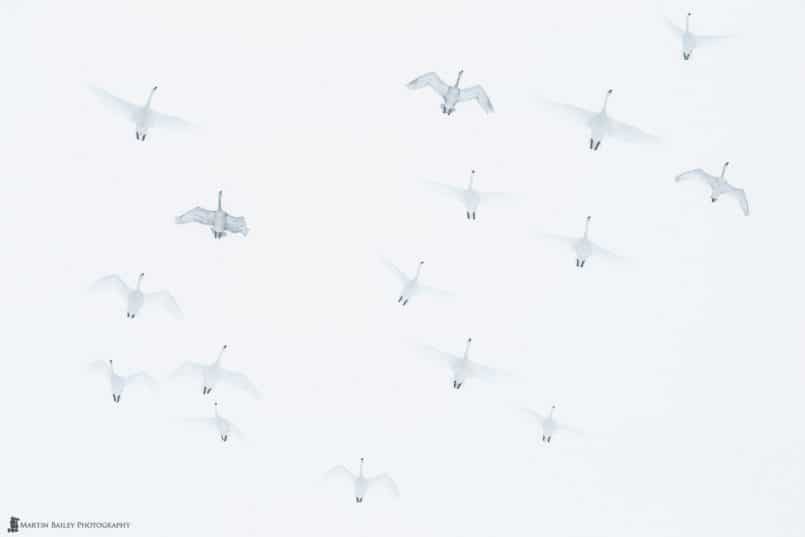
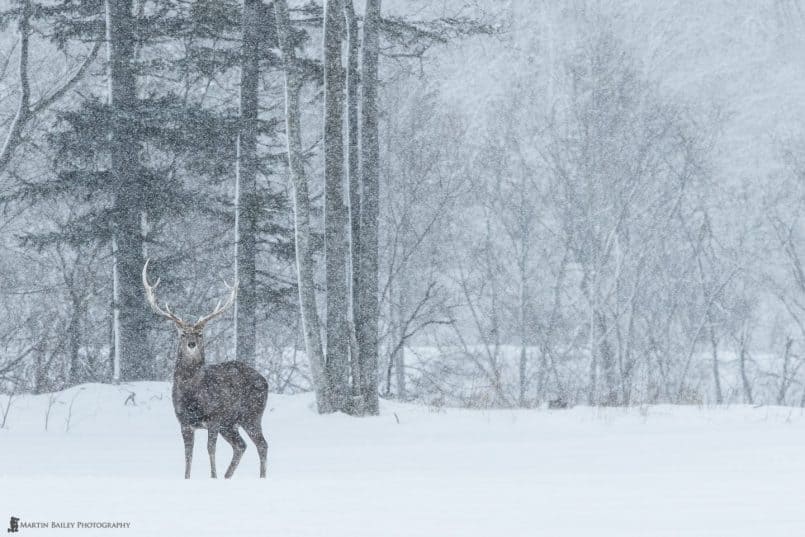
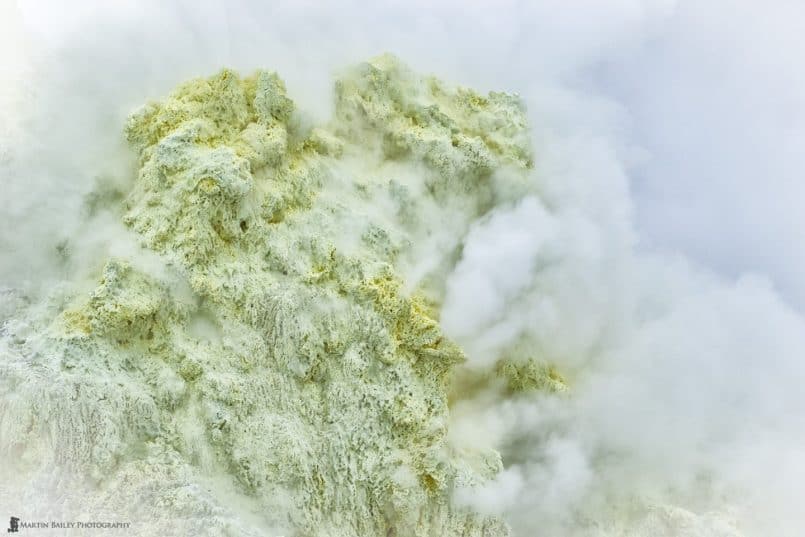
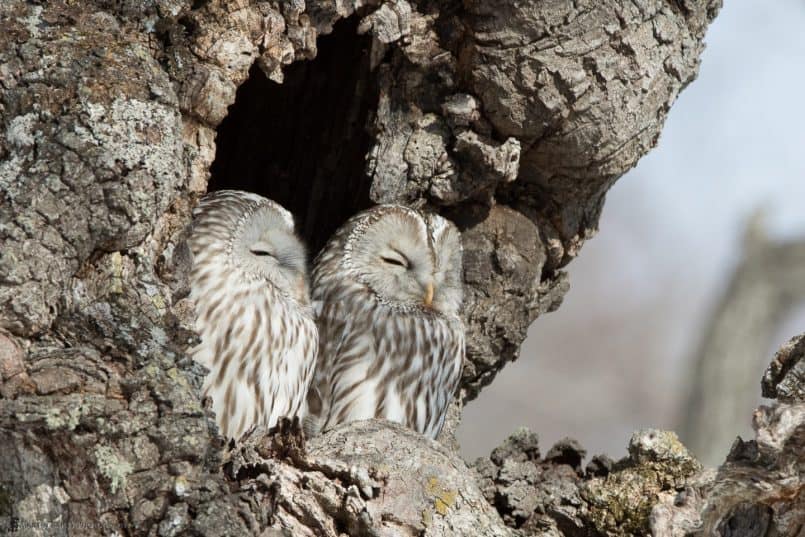
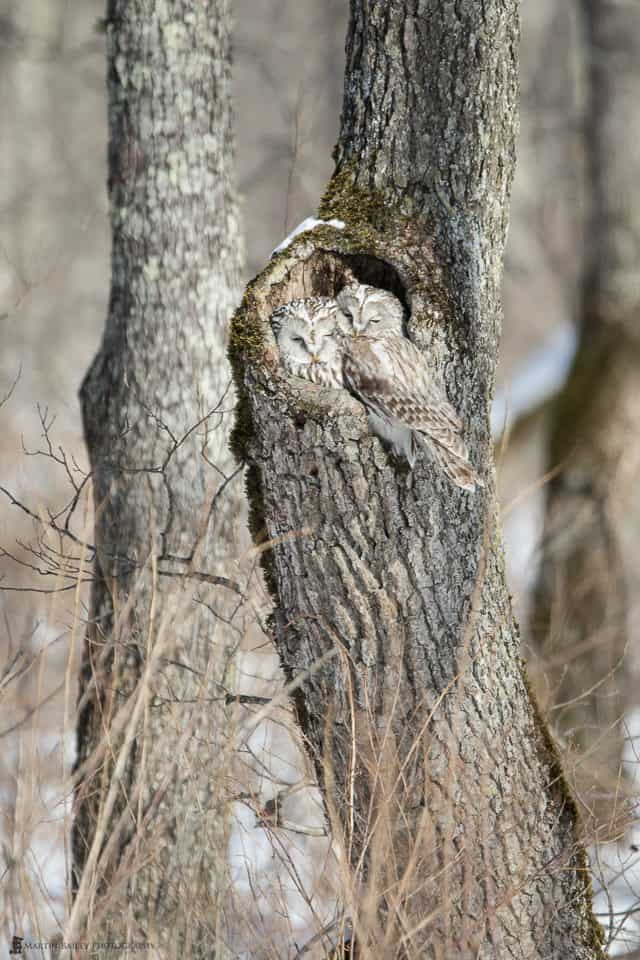
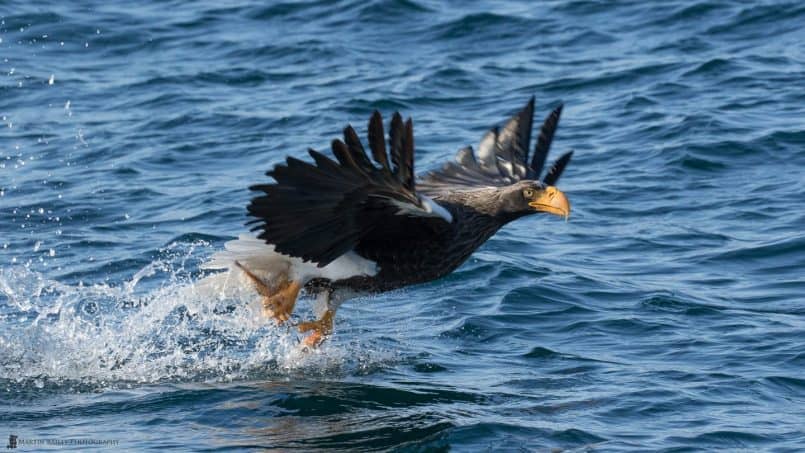
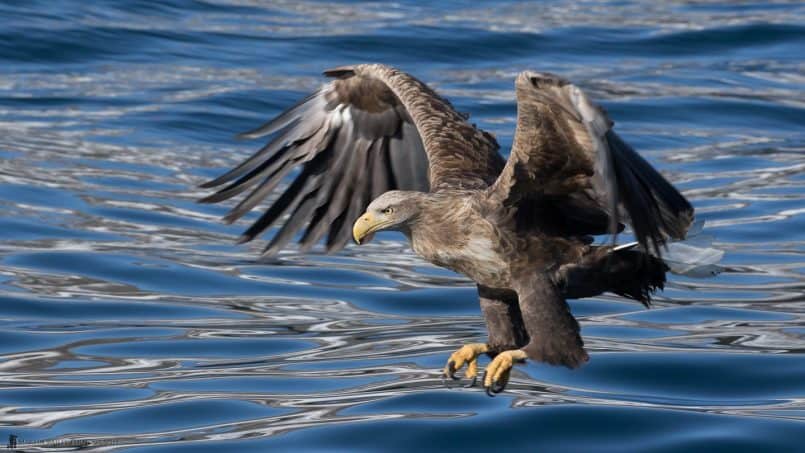
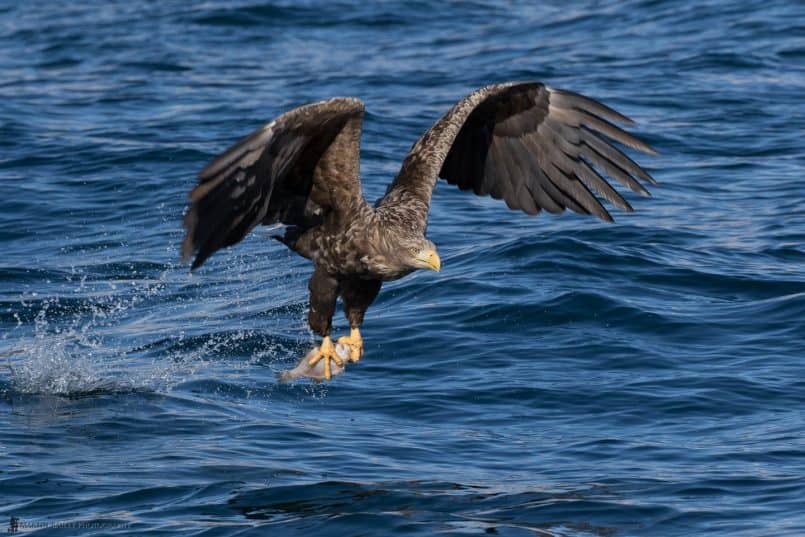
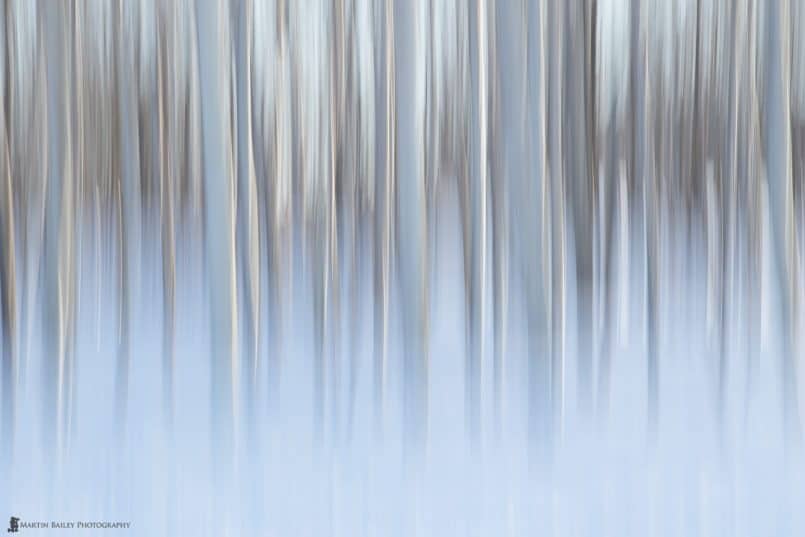
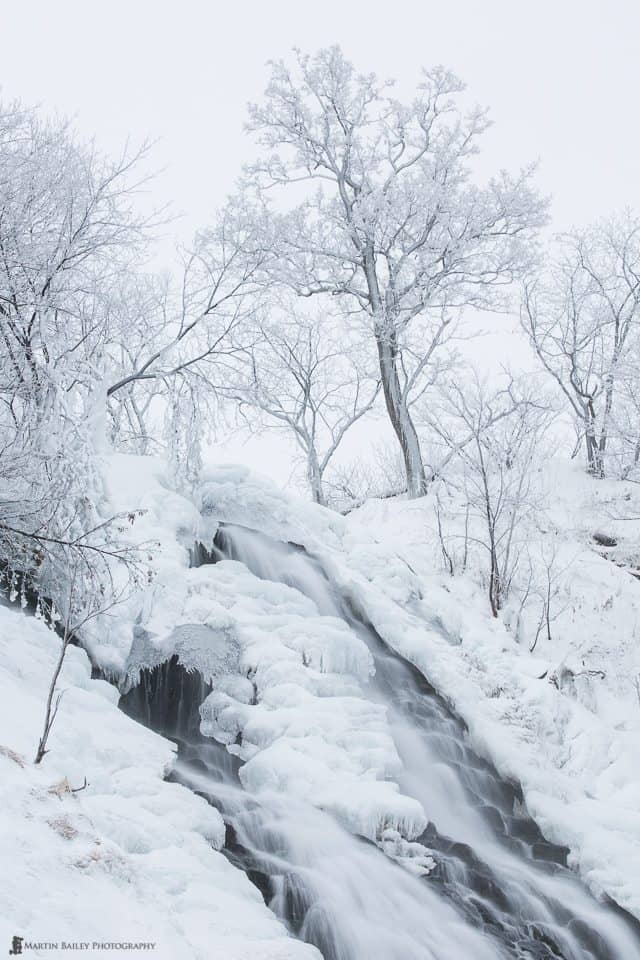

Hi Martin
Hope that you have better weather on the 2nd trip.
Thanks for sharing your pictures.
Regards
Wolfgang
Thanks Wolfgang. The weather didn’t cause too many problems on Tour #2 until the last few days, when we almost couldn’t get off the island, but we made it out OK, and got back to Tokyo an hour early in the end. 🙂
Great pics. Thanks for sharing
Thanks Mike!